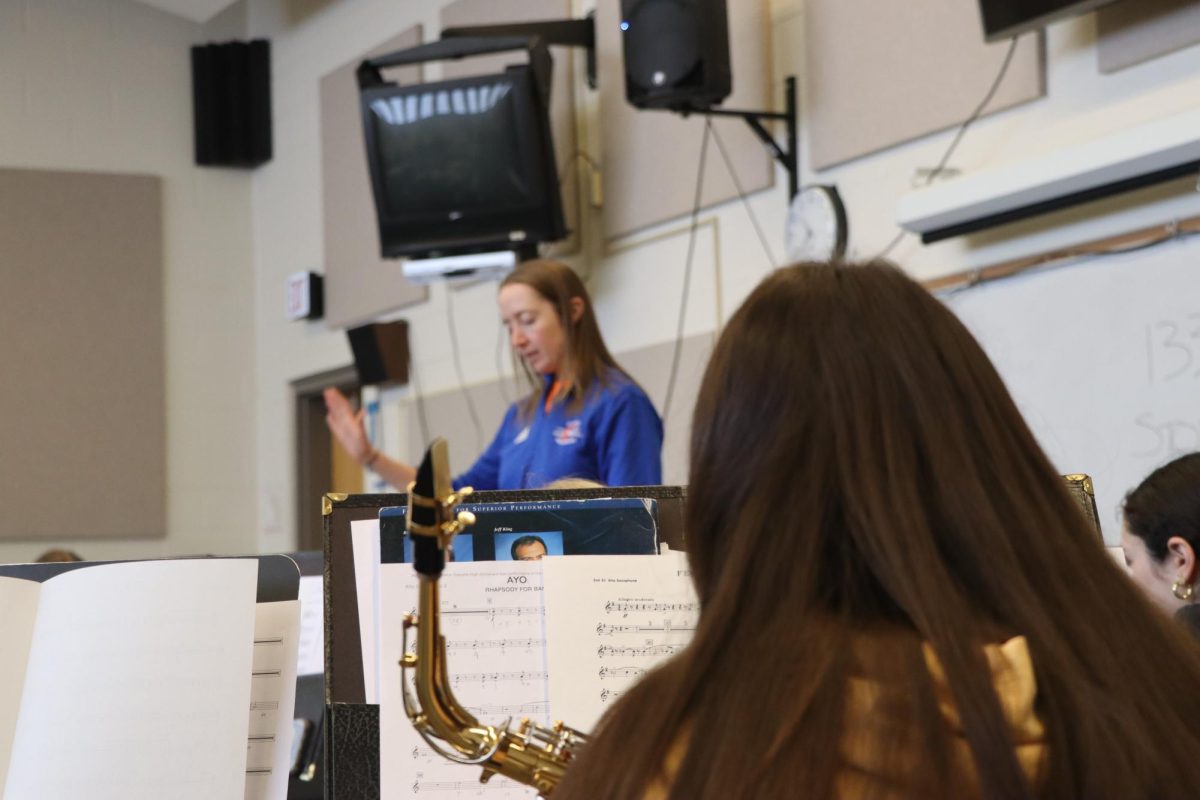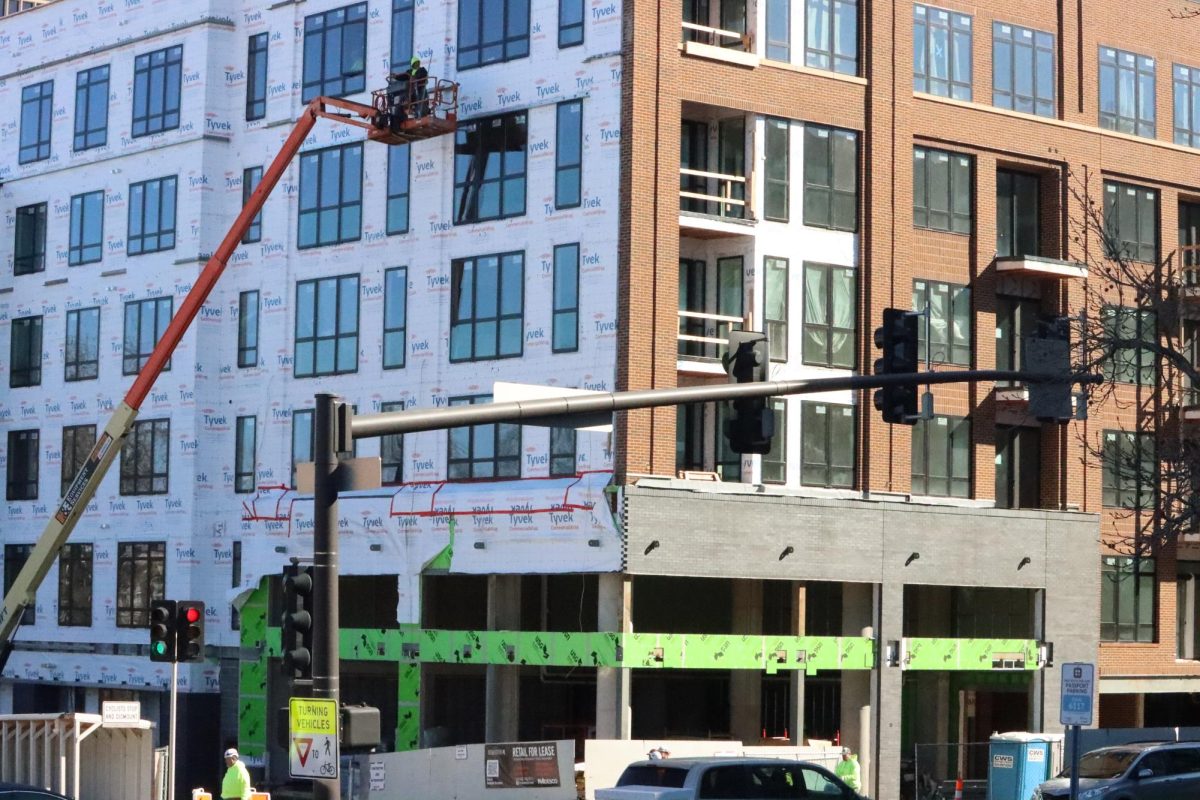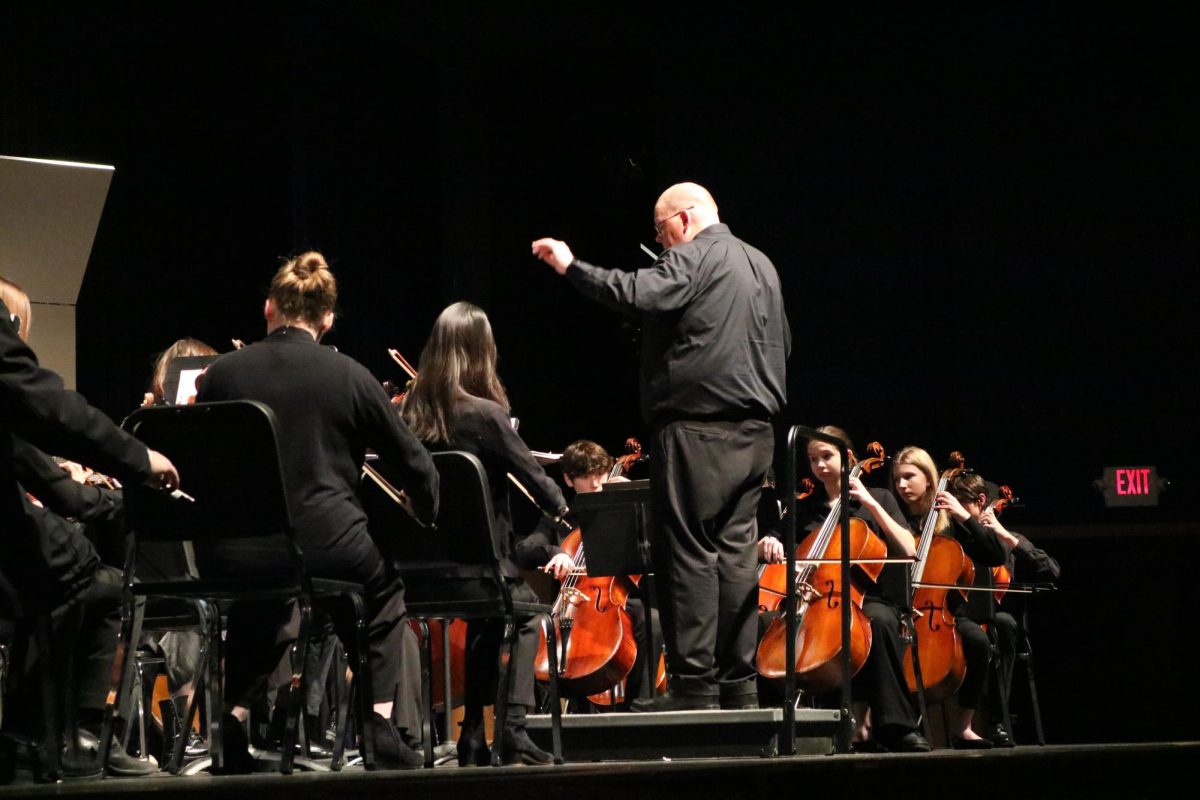It seems there is a rise in the number of occurrences of natural disasters. With this escalation in disasters, should Clayton citizens be concerned?
Although St. Louis is located in Tornado Valley and close to the New Madrid fault, tornadoes and earthquakes are not Clayton’s biggest threat.
“The largest danger is liquefaction. This is when sediment in the Mississippi becomes goo in the Missouri and Mississippi valleys,†said Professor of Earth and Planetary sciences at Washington University Dr. Bob Criss.
Liquefaction is caused when an earthquake triggers the sediment to break and become soft. The ground then has less strength to hold up anything above it. This weakened soil can cause buildings to sink, even skyscrapers.
One example of this, is building on low planes where the soil is moist. When an earthquake happens this soft soil gets shaken and quickly loses its strength.
Also, because of St. Louis’s location, tornadoes pose a major threat.
“This is ground zero for tornadoes,†Criss said. Although this is a natural disaster, people cannot do much to change a course of a tornado except limit the loss of lives.
“We [St. Louis residents] are vastly safer because most people have basements,†Criss said.
“I think the sirens are a huge help,†said Clayton parent Moira Bernstein.
“We [my family] always go to the basement,” CHS freshman Hayden O’Bryan explains. He hopes that all people should have emergency plans to execute in times of need.
As citizens try to learn about how to deal and cope with disasters locals need to be educated about them and their results. Only when residents do this can the Clayton community avoid the unnecessary pains of reconstruction and lost lives.
If we obey the land said Criss “we will save a lot of money and a lot of lives.â€
The complete causes of the recent increase in natural disasters may not be completely understood, but perhaps through emergency preparedness and thoughtful city-planning, the effects of natural disasters can be minimized.







Peter Shumway • Nov 28, 2011 at 7:18 pm
keep it up Peter, your writing is great
Peter Shumway • Nov 28, 2011 at 7:17 pm
very good story, it was descriptive and very informative